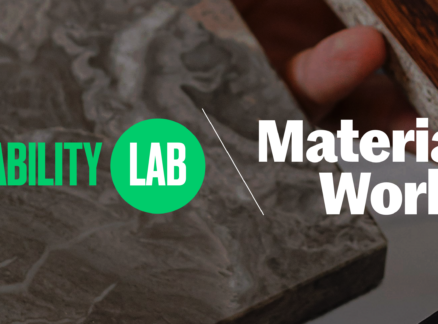October 29, 2010
Landscape Architecture for Dummies
As mediators between the built and natural environments, landscape architects have come to play a critical role in creating vibrant, sustainable public spaces. Recent successes like the High Line Park and the Brooklyn Bridge Park have put the spotlight on landscape architecture, and leading practitioners like Michael Van Valkenburgh have come to enjoy a certain […]
As mediators between the built and natural environments, landscape architects have come to play a critical role in creating vibrant, sustainable public spaces. Recent successes like the High Line Park and the Brooklyn Bridge Park have put the spotlight on landscape architecture, and leading practitioners like Michael Van Valkenburgh have come to enjoy a certain celebrity. But while I know that there’s more to landscape design than pretty plantings, it is often tough for a non-initiate to get into the more technical aspects of what landscape architects do. Designing Our Future: Sustainable Landscapes, a new online exhibition by the American Society of Landscape Architects (ASLA), is both an attempt to take stock at this moment in the profession, and to create a better understanding of the challenges landscape designers face.
The twenty case studies that form the core of the web site seem to have been picked to showcase the diversity of landscape design projects. There’s the Crack Garden in San Francisco, a tiny green space created by growing plants in the cracks of a concrete slab, with a budget of just $500. At the other end of the spectrum is the sustainable master plan for the town of Greensburg, Kansas – a complex, multidimensional design that addresses energy, water, and transit systems as an integral part of the town’s landscaping. In between, there are parks, high school yards, urban farms and green roofs. Every case study is presented in a clear, informative way, with downloadable fact sheets, and links to other online articles about the project.
Fascinating as these case studies are, the more interesting part of the web site is actually the educational section. For people like me, who wouldn’t know a Brownfield if they were standing in one, there are two landscape-architecture-for-dummies animations, created by Daniel Tal, ASLA. Thanks to the magic of Google Sketch-up, I saw a toxic wasteland turned into a park, and learned to leverage a landscape for water management. The animations might be a tad clunky and clichéd, but the tools they explain are pretty standard, and I definitely found myself understanding the case studies a little better. In addition to this, the web site has also collated a list of internet resources for school kids, from sources like the U.S. Environmental Protection Agency and the California Department of Toxic Substances Control.
In all, Designing Our Future: Sustainable Landscapes makes for a very good primer. And the online format not only means that it can be constantly updated, with new case studies and educational features, but also that it is possible for a lay audience to really engage with the profession. Every page has a comments form, and readers have already jumped in with doubts and queries. So if you don’t know much about landscape architecture, here’s an excellent place to start.





